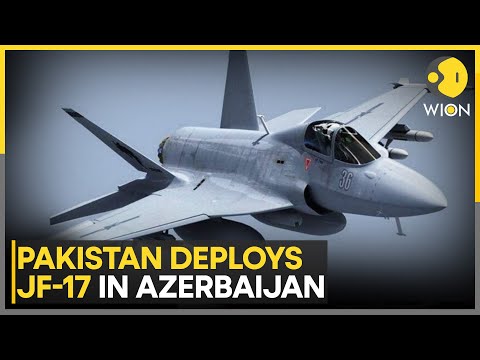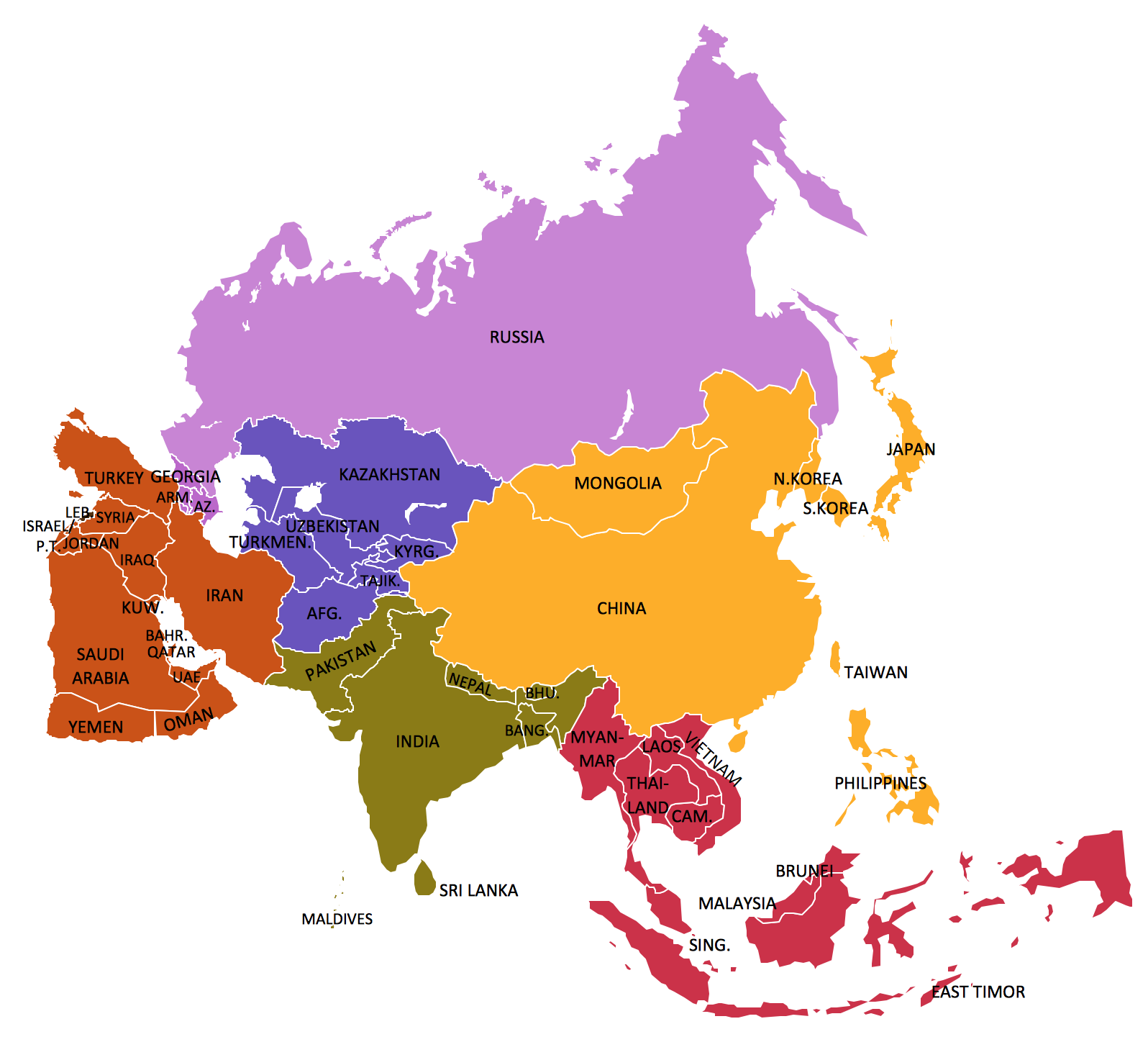Pakistan Gets Kickback for Political Support: Azeris by Chinese JF-17 Thunder Jets, made in Rawalpindi

Azerbaijan displayed five newly acquired JF-17 Thunder fighter jets during its Victory Day parade, officially marking the country as the fourth operator of the China-Pakistan co-developed aircraft.
The formation, including four single-seat jets and one twin-seat aircraft, flew over the capital as part of the celebration, according to Janes.
Col. Novruz Tahirov of the Azerbaijani Air Force served as backseat pilot in the lead twin-seat jet, demonstrating the rapid integration of the JF-17s into operational units.
Promoting Modern Air Power, Interoperability
Azerbaijan’s JF-17 jets are part of a $4.6-billion contract for 40 aircraft, first announced by President Ilham Aliyev in September 2024.
Deliveries began in October 2025, with the fleet’s initial tranche arriving at Nasosnaya Air Base in Sumqayit after participating in a bilateral exercise with the Pakistan Air Force.
Baku’s JF-17 adoption marks a major upgrade for the country’s air force, reflecting a strategy to move away from older Western and Russian platforms while supporting precision operations and networked missions.
Sources reported that the new jets will serve as cost-effective assets, would improve coordination with the systems of close ally Turkey, and strengthen defense ties with Pakistan.
At the Victory Day parade, the Azerbaijani Armed Forces also featured Turkish F-16s and Azerbaijani Su-25s, underscoring an increased focus on joint operations and multi-platform integration.
The JF-17 Thunder
The JF-17 was initially conceived in the late 1990s through a Pakistan-China strategy aimed at developing an affordable fourth-generation fighter for the Pakistani Air Force.
It has a length of 14 meters (46 feet), a wingspan of 9 meters (30 feet), and an empty weight of 7,900 kilograms (17,417 pounds).
The plane is fitted with a Klimov RD-93 engine, providing a range of 1,880 nautical miles (3,482 kilometers/2,163 miles), an operational altitude of 16,900 meters (55,446 feet), and speeds up to Mach 1.6 (1,976 kilometers/1,228 miles per hour).
For combat, the aircraft employs a 23-millimeter cannon, multi-domain missiles, guided and unguided bombs, and electronic countermeasures.
The platform, designed and constructed by Islamabad’s government-owned Aeronautical Complex and Beijing’s Chengdu Aircraft Corporation, has received multiple upgrades since its debut.
By Rojoef Manuel
- Previous What Impact – Zero: Kazakhstan joins Trump’s Abraham Accords, sidelining Palestine for U.S. ties
- Next Thai Navy To Get 20 Modernized Bell 212 Helicopters
















